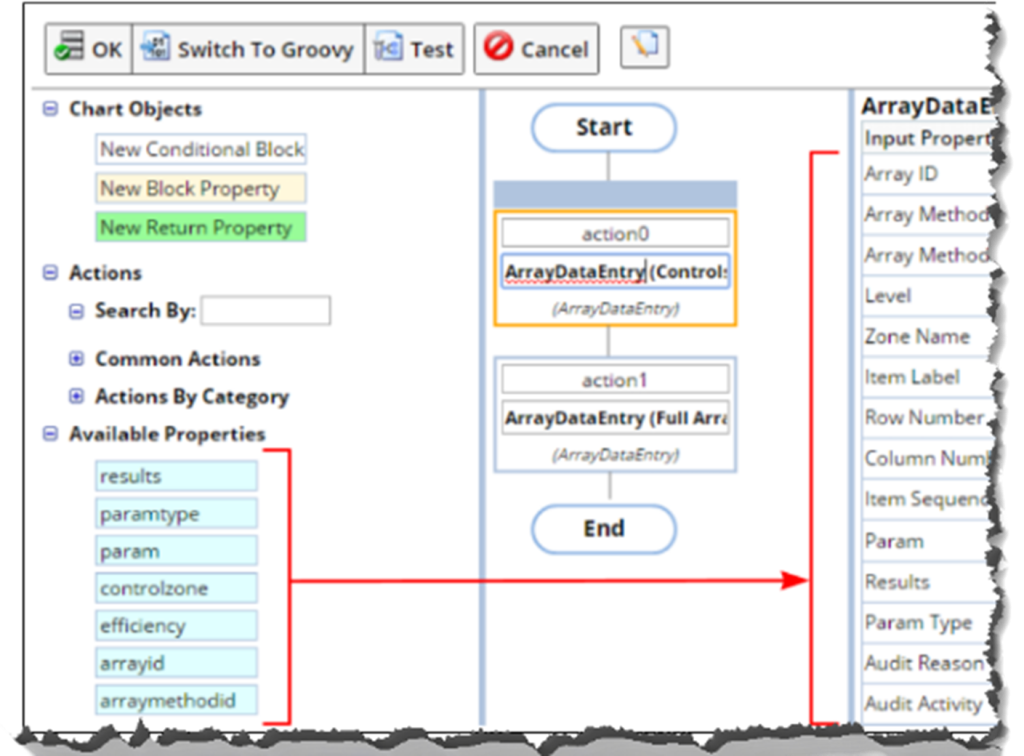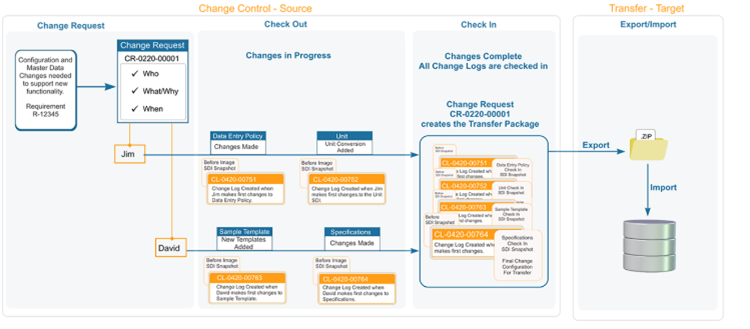 This article is the second of a two-part series covering the right tools and processes to use when performing a data migration with LabVantage. [Read Part I here.]
This article is the second of a two-part series covering the right tools and processes to use when performing a data migration with LabVantage. [Read Part I here.]
In our previous post we discussed some of the challenges of data migration, strategies for relieving those obstacles, and how LabVantage’s data migration services can further minimize your risk and downtime by relieving you of many critical processes. In this article, we’ll take a deeper dive into the technology used in data migration, along with covering best practices to help ensure your success.
Tools Used by LabVantage to Migrate Data
LabVantage uses the following tools to streamline the data migration process:
Data File Definition (DFD)
Data file definition enables you to import data from an Excel or text file into LabVantage. When it comes to routine data import, DFD can be easily configured with a rich list of validation rules that relieves you of the need to write even a single line of server-side code. Once this is coupled with the GAP (Graphical Action Processor), there are endless possibilities for how you can handle your data. For instance, you can:
- Load the example file.
- Map the columns.
- Activate the validation rules.
Define the Graphical Action processor by dragging/dropping/linking the actions in a logical sequence.
Bird’s eye view of LabVantage data file definition to import data from excel and flat files:

LabVantage Graphical Action Processor (GAP) to define processing logic with the drag & drop capability of available LabVantage API to import data.
CMT and CTT
With COVID-19 still leaving millions vulnerable, social distancing and working remotely have become the new normal. But working with developers and engineers who are 100% virtual can present co-development challenges for distributed team members working on a common platform or configuration.
Validation gurus and QC departments have always had questions at the back of their mind about how configuration or master data can be brought into production environments without compromising either the existing configuration, jeopardizing existing data, or missing out on certain dependencies.
- Should they recreate the master data?
- Is a database backup necessary every time a change needs to be implemented?
- What if the validation team or the users want to revert to the old state after the transfer?
LabVantage’s Configuration Management Transfer (CMT) tool has been designed to address these concerns — and many more — along with simplifying some of the challenges with co-development. The CMT tool provides comprehensive visibility – allowing you to list the set of changes you are proposing prior to importing them.
Web Services API
The diversity of today’s technologies and software means that many organizations are heavily dependent on a wide range of systems and applications other than LabVantage for day-to-day lab activity. LabVantage enables integration with many of the most-used tools by supporting RESTful and SOAP Web Services out-of-the-box.
To address a common question about how to communicate among these applications, as well as transferring or migrating data on regular basis, REST and SOAP Web Services can be enabled in LabVantage, and the APIs required can be opened as needed for individual communications. [Contact the LabVantage Managed Services team to discuss these options in more detail.]
ETL Tools (Extract, Transform, Load)
Let’s face it – developing data migration tools from scratch is a time-consuming process. To save you time and expense while improving your productivity, Graphical ETL tools help collect, read and migrate data from multiple data structures, and across different platforms. ETL tools used by LabVantage for data migration include (but are not limited to) Talend, Expressor and SSMS.
Factors that Define the Approach and Tools for Data Migration
Because scripting data migration tools by hand is both challenging and laborious, efficient and cost-effective migration tools which simplify migrations are preferable. While custom solutions sometimes must be created, you should consider the following when weighing your options:
- Connectivity — Does the solution support the systems and software you currently use?
- Scalability — What are the data limits for the software, and will data needs exceed them in the foreseeable future?
- Security — What are the software platform’s security policies and tools? Your data is one of your most valuable resources, and it must remain protected.
- Speed — How quickly can processing occur on the platform?
 Data Migration Best Practices
Data Migration Best Practices
No matter which implementation method you follow or tools you use, remember to keep the following best practices in mind:
- Back-Up Your Data Before Executing. You can’t afford to lose data if something goes wrong during implementation. Make sure you have complete backup resources and ensure that they’ve been tested before you proceed.
- Stick to the Strategy. Too many data stakeholders make a plan and then abandon it — either because the process goes smoothly or conversely when things don’t go according to plan. The migration process can be complicated and even frustrating at times, so prepare for that reality and stick to the plan.
- Test. And Then Test Some More. Test the data migration during the planning and design phases, and throughout implementation and maintenance, to make sure you’ll achieve your desired outcome.
Learn more about LabVantage Managed Services or download our Managed Services brochure. Feel free to contact us directly for more information, or if you have specific questions about migrating your organization’s current systems.



 Data Migration Best Practices
Data Migration Best Practices

